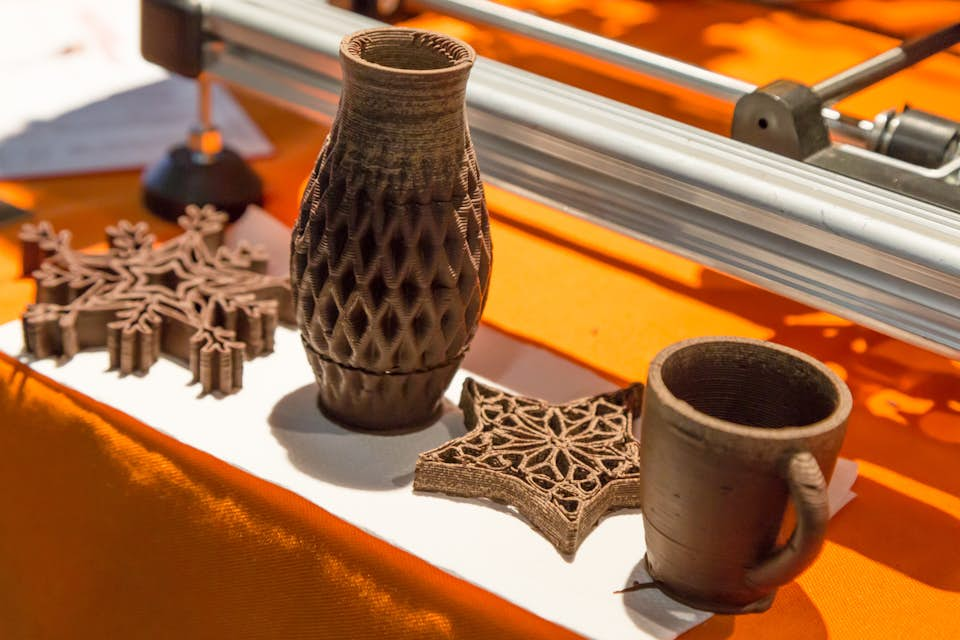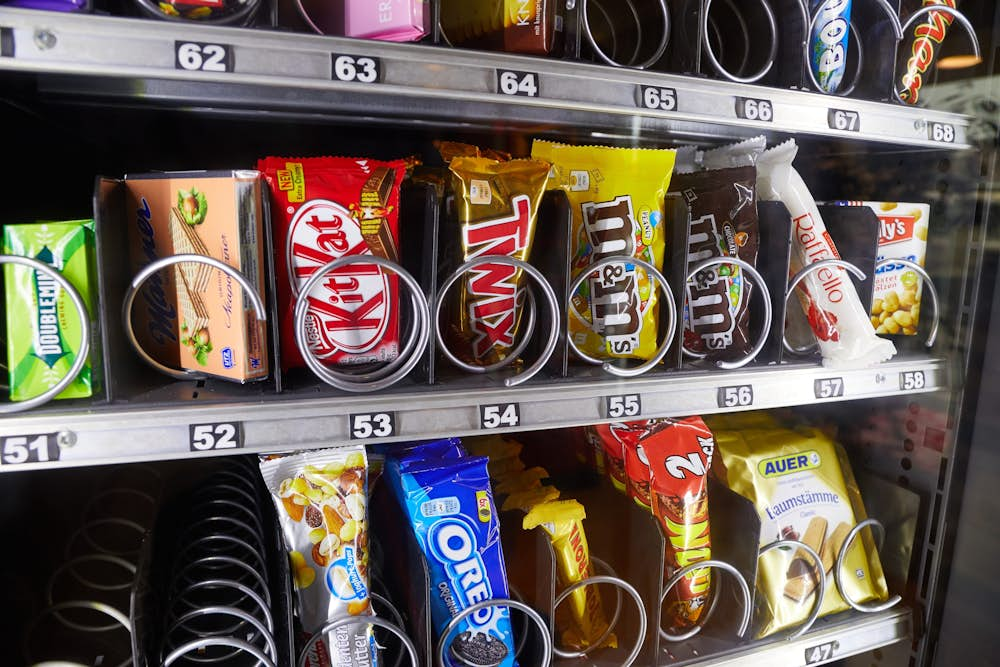The outlook for snack foods
With rising awareness among consumers about the dangers of "junk" foods, the age of the potato chip, chocolate bar and even the cookie may be drawing to a close. Furthermore, as concerns over the economic costs of obesity, diabetes and heart disease mount, government initiatives have been introduced to curb our dependence on sugar. Such initiatives include warning labels for high-calorie foods and sugar taxes.
In spite of this negative press, snack foods remain a fast-growing market. In 2017, the snack foods market grew by USD 3.4 Billion. However, when we dig a little deeper on this figure, we see that this growth is primarily in dollar sales, rather than unit sales. Actually, the demand for snacks does not appear to be growing significantly, but they are getting more expensive. While there are many reasons for this, one of the core reasons is "premium-ization". Consumers are willing to pay more for a premium snack, which delivers more on taste or fulfilment. This fits with the perception of snack foods as an indulgence, or a treat. In fact, consumer research shows that enjoyment lies at the core of our motivation for snacking.
Snacking is associated with taking a break, having a reward and topping up on energy before the next meal. Historically, the reward component of snacking was delivered through a sugar hit or calorie fix. The real challenge for the next generation of snacks is how to deliver the treat or reward component of snacking, in a low calorie, low sugar product. This challenge opens the floor to innovation that will make truly healthy snacks indulgent and appealing. How can you deliver the same enjoyment you would get from a sugar-packed cookie or chocolate bar, with a fruit or protein based snack? This is the challenge SnackFutures will be looking to address over the next 4 years.

Consumer research shows that enjoyment lies at the core of our motivation for snacking
The SnackFutures Initiative
Mondelez is well known for its portfolio of snack foods, which includes Oreo, belVita, LU biscuits, Cadbury Dairy Milk, Milka and Toblerone. Aside from belVita, the majority are high-calorie, sweet treats. In 2015, Mondelez announced that they were planning to have healthy snacks represent 50% of their portfolio by 2020. Some progress has been made with small tweaks to existing products, such as reducing salt and saturated fat, but it seems that a more extensive makeover is afoot.
The launch of SnackFutures was announced by Mondelez at the end of October 2018 for launch in November. The initiative aims to "capitalize on changing consumer trends and emerging growth opportunities in snacking around the world", and it has three core mandates:
- Invention of new brands and businesses in key strategic areas
- Re-invention of small-scale Mondelez brands with large-scale potential
- Venturing with start-up entrepreneurs to seed new business
Initially, the program will be looking to recruit entrepreneurs, suppliers, nutritionists, and food & technology engineers to seed innovation in the following key strategic areas:
- Well-being snacks and ingredients
- Premium snacks and ingredients
- Digital platforms and capabilities.
These strategic focal points imply an integrated re-invention of the whole snacking experience; from the ingredients and health implications, to connectivity and consumer engagement through digital platforms. The initiative is as much about streamlining development as creating new products; the hub is expected to run like a small company, speeding up the product development process and cutting out large corporation bureaucracy. With SnackFutures, Mondelez is targeting a $100 Million contribution to revenue growth over the next four years (0.4% net revenue in 2017). The goal is that SnackFutures can bring in external resources to fuel innovation and creativity, but also take decisions quickly to drive new products to the market.
What lies in the pipeline for snack foods?
Insect snacks
Although they are not the most appetizing of innovations, insect snacks come with a number of potential benefits, including low emissions during production and a very high content of protein (up to 75%). When compared with large livestock, such as cows or sheep, insects have a very short time to maturity, making insect farming much more productive in a shorter space of time. Insects are a healthy choice for consumers, as well as a sustainable and efficient choice for manufacturers.
Estimates for the growth of the insect snack market show wide variation, certain market analyses quote CAGRs of above 40%, some above 20% and some 6%. Insect types include crickets, mealworms, black soldier flies, grasshoppers and several others. They are packaged as dried, whole insects, or processed into insect meal, insect powder, insect protein bars, shakes and other forms. One form that has seen a lot of entrepreneurial activity is whole roasted crickets processed with flavourings, to be eaten much like potato chips. Such brands include Eat Grub, which has been introduced to mainstream supermarket shelves in the U.K, Cowboy Cricket Jumpers in the U.S., and Jimini's, which also features insect-based granolas and protein bars.
The rationale for switching to insect protein rather than meat protein makes sense, but consumer disgust remains a significant barrier in western countries. Insects may be a super-ingredient, but they should be disguised in the final product until consumers have been initiated to the idea of eating insects. Small brands use the insect protein concept as a gimmick, and a differentiator to gain publicity. However, a larger brands could take a more subtle approach to the use of insects in snacks, and focus more on the protein content and sustainability aspects.
3D Printing
3D printing facilitates the creation of highly intricate, personalised designs in materials which can be extruded from a syringe and made solid rapidly on contact with a surface. For example, chocolate is a great candidate for 3D printing because it is molten a few degrees above room temperature, but solid at room temperature. 3D printing is ideal for snacks due to the requirement for only one product unit and, in some cases, only one component ingredient.
Since 2014, Hershey's have been exploring 3D printing of chocolate in a partnership with 3D Systems. The partnership led to the launch of a 3D Chocolate Candy Printing exhibit at Hershey's Chocolate World in Pennsylvania, and a research project with a top culinary school (unnamed) in the U.S. to further develop the real-world applications of this technology. However, there remain intricacies of the solidification process which need to be optimised in order to guarantee the same level of quality as the conventionally manufactured product. For instance, chocolate undergoes a complex tempering process to reach a favourable texture; this must also be achievable in the 3D printing format of production.
Vending machines that 3D print personalised designs are in development at the VTT Technical Research Centre in Finland. The focus is currently on healthy snacks, with tests carried out on protein concentrates of oat, faba bean and whey protein, as well as starch and cellulose-based materials. New projects are also exploring the printing of multi-textural food structures to add more printing capabilities for multi-component snacks. The prototype of the vending machine is called Dreambox, and it allows users to upload their personalised designs online or via USB stick, which are then printed by the machine. Much of the research is currently concentrated around developing raw ingredients with flow properties that are amenable to 3D-printing, but once the technology is mature, it has the potential to open up completely new dimensions for consumer engagement and enjoyment in snacking.

3D printing enables the creation of intricate and personalized designs in chocolate
Sugar Alternatives
Sugar alternatives hold the hope of retaining popular snacks in a recognisable form, while making them healthier. This is a priority area for many snack food companies, with zero-calorie or zero-sugar being the ultimate goal. However, many of the sugar replacement technologies, suffer from trade-offs with taste. For example, Stevia is one of the best known high-intensity, zero-calorie sweeteners, which works well in drinks but can give an unfavorable bitter aftertaste in solid foods.
One approach to resolving the taste issues with Stevia, and other high intensity sweeteners, is the conjunctive use of an ingredient called a bitter blocker. For instance, ClearTaste (Mycotechnology) is a bitter blocker produced from mushroom which can be formulated with Stevia to block the bitter aftertaste. The combination of Stevia and monk fruit sweeteners have recently become available in a ready-formulated product from GLG Life Tech.
Another approach which circumvents potential taste issues is Nestle's hollow sugar technology, which has been in development since 2015. The beauty of this technology is that conventional sugar remains the source of the sweetness, so there is no unfavorable aftertaste. The amount of sugar is reduced by confining it to the surface of the crystals, while the inside is made up of a dairy-based filler material. This sugar replacement gives the same taste profile in the mouth, but releases a fraction of the sugar when broken down in the digestive system. The porous crystals have been developed specifically for solid food applications, where the sweetness is released rapidly upon dissolution in the mouth. To date, it has been incorporated into the Milkybar Wowsomes product range.
Conclusions
Snacking remains a staple of consumer lifestyle. However, the landscape of snack foods and varieties is rapidly evolving to meet demand for healthier choices. With close links between snacking and enjoyment, there is significant room for innovation in the way consumers engage with snack products. Equally, the association of snacking with indulgence opens the floor for premium snacks, and a higher priced offering which may deliver more on taste and/or enjoyment. New ingredients, such as sugar alternatives and insect protein, provide practical advantages for health and wellbeing. However, the truly successful snack food innovations will most likely tap into the core reason for snacking; enjoyment and indulgence. For this, a more holistic overhaul may be required to provide an indulgent, personalised experience, such as the 3D printing technologies.

Dr Rachel Murkett
Project Director
Dr Rachel Murkett leads strategic intelligence projects at Biochromex. She holds a PhD in Chemistry from the University of Cambridge and has 6+ years of experience as a scientific consultant to consumer goods brands.
